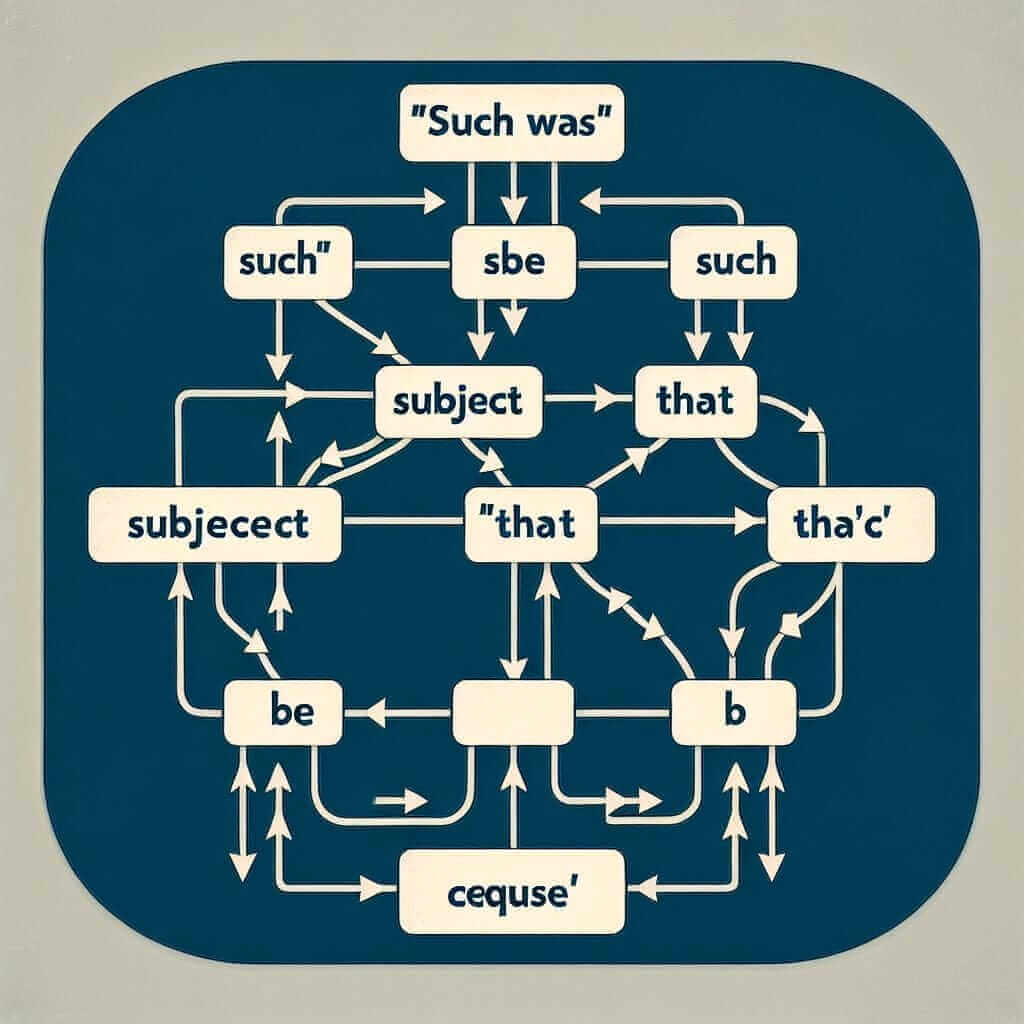The phrase “such was…that” might sound a bit formal or even old-fashioned, but it’s a powerful tool to add sophistication and variety to your IELTS writing. This structure allows you to emphasize the degree of something and its impact, which can significantly enhance your descriptions and narratives.
Here are a few examples of how you can use this structure in different sections of the IELTS exam:
Speaking Part 2: “My grandmother was a truly remarkable woman. Such was her kindness that she would often take complete strangers into our home if they needed a place to stay.”
Writing Task 1 (describing a trend): “The increase in online shopping has had a dramatic effect on traditional retail stores. Such has been the impact that many high street shops have been forced to close.”
Writing Task 2 (presenting an argument): “Pollution in cities is a serious problem. Such are the levels of smog in some areas that residents are advised to wear face masks even on clear days.”
In each of these examples, the “such was…that” construction helps to emphasize a quality or consequence, making your language more impactful and interesting for the examiner.
Understanding the “Such Was…That” Construction
The “such was…that” construction is used to express a high degree of something (e.g., charm, kindness, impact) and the result or consequence of that quality. It adds a formal and literary tone to your writing, demonstrating a strong command of grammatical structures.
This structure is particularly useful in IELTS Writing because it allows you to:
- Highlight intensity: Effectively emphasize the intensity of a quality or the significance of an event.
- Create complex sentences: Demonstrate your ability to use a variety of sentence structures.
- Improve cohesion: Connect ideas and sentences smoothly, showing a logical flow of thought.
Structure and Grammar
The “such was…that” construction follows this basic pattern:
Such + be verb (was, were) + subject (noun phrase) + that + result clause
Here’s a breakdown of the structure:
- Such: Used to introduce the quality or thing being emphasized.
- Be verb: A form of the verb “to be” (usually “was” or “were”) that agrees with the subject.
- Subject: The noun or noun phrase that possesses the quality being emphasized.
- That: A conjunction connecting the main clause to the result clause.
- Result clause: The clause that describes the consequence or effect of the quality mentioned.
Using “Such Was…That” in IELTS Writing
Writing Task 1:
Example:
Instead of writing:
“The price of oil increased rapidly, causing a significant rise in transportation costs.”
You could write:
“Such was the rapidity of the oil price increase that transportation costs saw a significant rise.”
Analysis:
By using the “such was…that” structure, the sentence becomes more complex and sophisticated, demonstrating a higher level of grammatical range. It also emphasizes the speed of the oil price increase and its direct impact on transportation costs.
Writing Task 2:
Example:
Instead of writing:
“Social media is very influential and can affect people’s opinions easily.”
You could write:
“Such is the influence of social media that it can easily shape public opinion.”
Analysis:
This example showcases how the “such is…that” structure can be used to make strong arguments in Writing Task 2. The sentence is more concise and impactful, highlighting the power of social media in influencing people’s viewpoints.

Achieving a Higher Band Score
To achieve a higher band score, consider these tips:
- Vary your language: Don’t overuse the “such was…that” construction. Use it strategically to create variety and emphasis.
- Ensure clarity: While complexity is good, ensure your sentences are still clear and easy to understand.
- Maintain accuracy: Pay attention to subject-verb agreement and the correct use of tenses within the sentence.
Common Errors to Avoid
-
Incorrect subject-verb agreement: Make sure the verb “to be” agrees with the subject. For example:
- Incorrect: Such were his intelligence that he could solve any problem.
- Correct: Such was his intelligence that he could solve any problem.
-
Missing “that”: Remember to include the conjunction “that” to connect the clauses.
- Incorrect: Such was the noise the neighbors complained.
- Correct: Such was the noise that the neighbors complained.
-
Overuse: Using the “such was…that” structure too frequently can make your writing sound repetitive and forced.
Conclusion
Mastering the “such was…that” construction can significantly enhance the quality of your IELTS writing. By using it strategically and accurately, you can add sophistication, variety, and impact to your sentences, potentially leading to a higher band score. Remember to practice this structure and focus on integrating it naturally into your writing to showcase your command of English grammar and vocabulary.